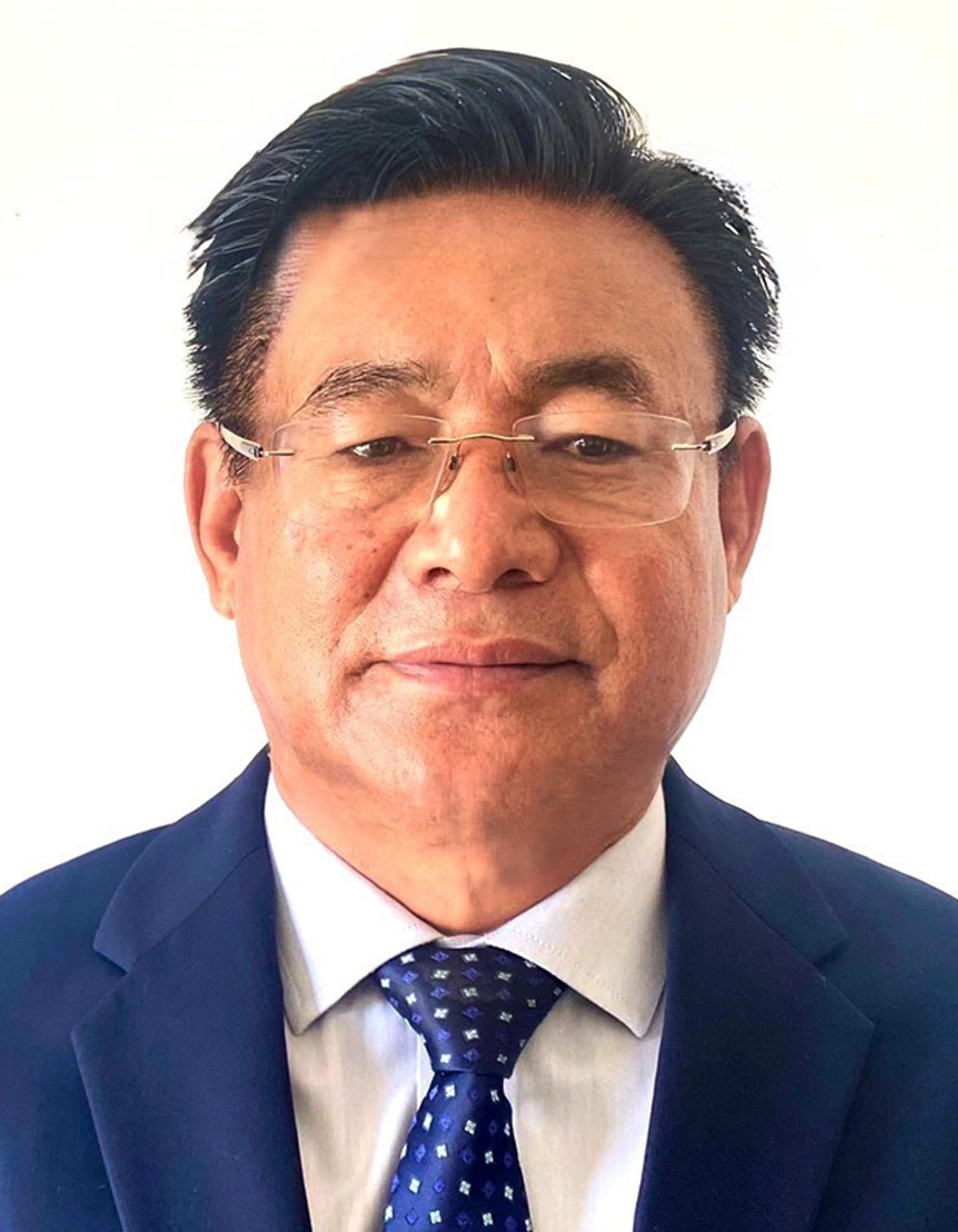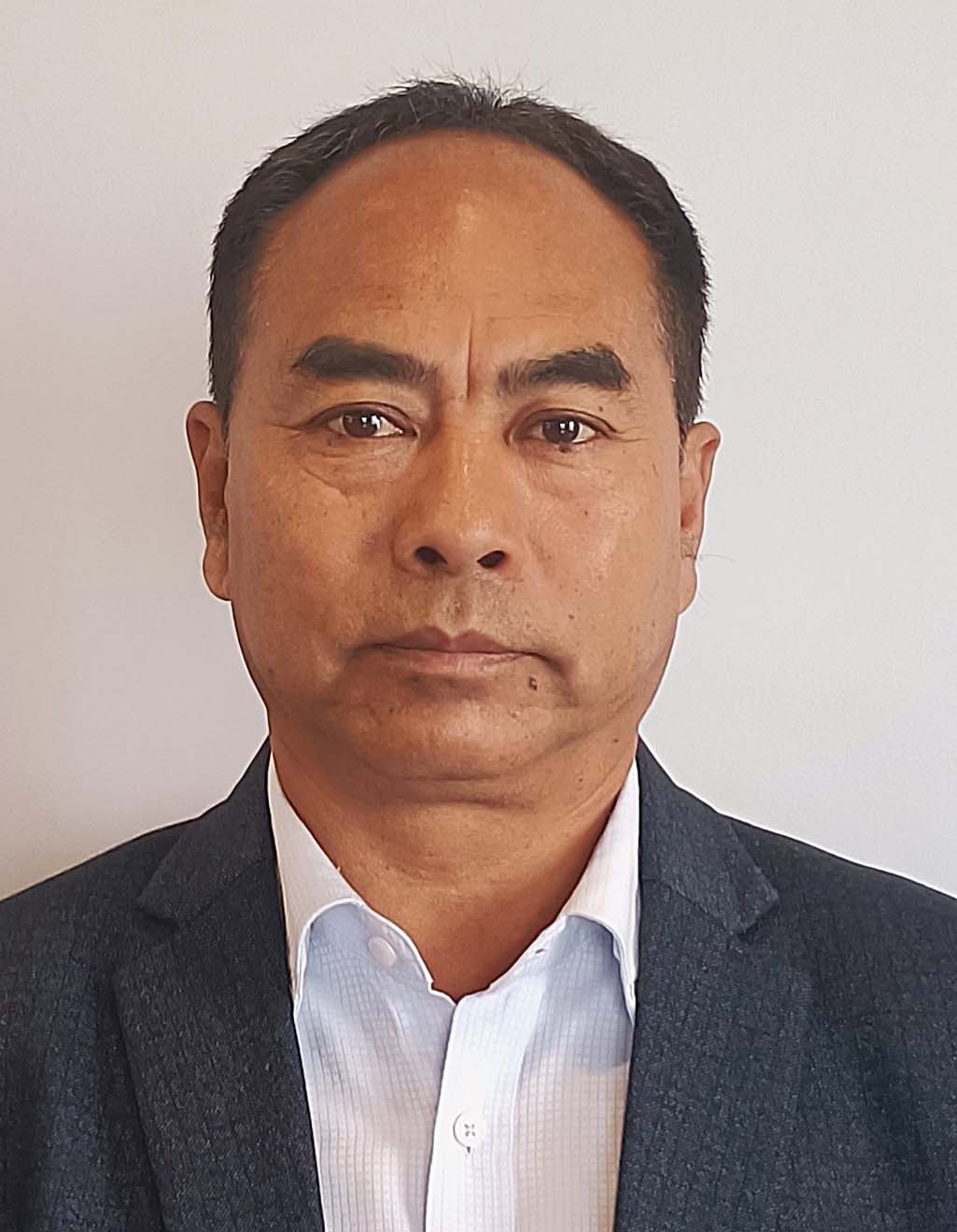Agriculture Technology Managment Agency (ATMA)
Introduction
ATMA http://nser.nic.in is a society of key stakeholders involved in agricultural activities for sustainable agricultural development in the districts. It is a focal point for integrating Research and Extension activities and decentralising day to day management of the district level. As a society, it would be able to receive and expend project funds, entering into contracts and agreements and maintaining revolving accounts that can be used to collect fees and thereby recovering operating cost.
Why ATMA?
The ATMA http://nser.nic.in at district level would be increasingly responsible for all the technology dissemination activities at the district level. It would have linkage with all the line departments, research organizations, non-governmental organizations and agencies associated with agricultural development in the district. Research and Extension units within the project districts such as ZRS or substations, KVKs and the key line Departments of Agriculture, Animal Husbandry, Horticulture and Fisheries etc. would become constituent members of ATMA. Each Research-Extension (R-E) unit would retain its institutional identity and affiliation but programmes and procedures concerning district-wise R-E activities would be determined by ATMA Governing Board to be implemented by its Management Committee (MC).
About us
The New Extension Reforms http://nser.nic.in was initially taken up in three districts namely Mokokchung, Dimapur and Kohima and notified as ATMA districts in 2005-06.The new programme was implemented in a convergence manner by Agriculture as State Nodal Agency and line departments viz; Horticulture, Sericulture, Fisheries, Soil & S.C, Vet. & A.H and Land Resources. Remaining 08 districts namely Mon, Tuensang, Wokha, Zunheboto, Phek, Kiphire, Longleng and Peren were subsequently notified as new ATMA districts during 2007-08 and became operational from 2008-09.
Agricultural Technology Management Agency (ATMA) has immensely benefitted the farmers and the communities in all the 74 blocks of 11 districts in the State. Farmers oriented activities like trainings, demonstrations, exposure tours, formation of FIGs/CIGs/FSGs, Farm Schools, Exhibitions and Farmers awards has gained popularity in every farming household.
Different interactive and innovative methods of information dissemination like pico projectors, low cost films, handheld devices, mobile based services etc. are utilized and convergence brought among extension efforts under different programmes and schemes at village level through ATMA.
On the other instance, SAMETI prepares an Annual Training Calendar for capacity building of the Extension Functionaries in the State and draws the Training Need Assessment of various cadres of the Agri & Allied Departments and submit the same to the Extension Education Institute.
Significant impact of the extension programmes and notable changes in the working system in the manner of coordinated approach has been brought about in the last sixteen years of implementation in all the ATMA districts. This can be attributed to the fact that the BAP and DAP are being formulated through “bottom up approach” taking into consideration the block and district requirements through participation of all the stakeholders.
The aims and objectives for which the ATMA is formed are:
To identify location specific needs of farming community for farming system based agricultural development;
-
To set up priorities for sustainable agricultural development with a Farming Systems Approach;
-
To draw plans for production based system activities to be undertaken by farmers/ultimate users;
-
To execute plans through line departments, training institutions, NGOs, farmers organizations and allied institutions;
-
To coordinate efforts being made by various line departments, NGOs, farmers organizations and allied institutions to strengthen research extension-farmers linkages in the district and to promote collaboration and coordination between various State funded technical departments;
-
To facilitate the empowerment of farmers/producers through assistance for mobilization, organization into associations, cooperatives etc. for their increased participation in planning, marketing, technology dissemination and agro-processing etc.
-
To facilitate market interventions for value addition to farm produce;
B. To attain these objective, the society may:
-
Take steps to ensure that problems, constraints and needs to the farming system based agriculture development are identified and diagnosed periodically.
-
Draw up plans for an integrated research-extension linkage approach for farming systems based agriculture development.
-
Ensure that line departments/institutions draw up integrated development plan based upon resources available with them and incremental/supplementary resources mobilized by the ATMA.
-
Forge or develop systematic linkages between national/state/district institutions of excellence in the field of agriculture and marketing.
-
Ensure capacity building of manpower engaged in overall agricultural development and strengthen infrastructural support for the benefit of the farmer/producer.
-
Create suitable mechanism to ensure location specific adaptive, indigenous knowledge based research.
-
Ensure adequate linkages and frequent interaction between scientists, extension functionaries and technicians & farmers, in order to prepare an integrated plan to effectuate their linkage, support each other, better understanding and appreciation of their problems, means adopted to sort out problems and plans etc., and to develop a mechanism of feed back;
-
Ensure capacity building of the ultimate users- the farmers in terms of physical, financial and skill resources base by way of adequate financial support channelised through credit institutions, private investments and training for skill upgradation.
-
Facilitate farmers’ organization to take lead role on mobilizing support services and resources.
-
Facilitate private investments for infrastructure development, private institutions have to take lead in the delivery of goods and services to ultimate users (farmers).
-
Facilitate the processing and marketing activities of the agricultural, livestock, dairy, poultry, silk and allied produce of the farmers with the help of private sector institutions.
-
Receive and expend project funds, maintain revolving accounts, enter into contracts and agreements, receive donations and provide services & deliver goods to beneficiaries.
-
Accept grants of money, securities or property of any kind and undertake and accept the management of any endowment, trust funds or donations not inconsistent with the objectives of the ATMA, on such terms and conditions as may be fitted with the objectives of the ATMA and be prescribed by the Government of India from time to time.
-
Generate resource in order to bring financial sustainability through charging for selected services rendered to beneficiaries by ATMA.
-
Create administrative, technical, ministerial and other posts in the ATMA and make appointments thereto in accordance with the rules and regulations of the State Government.
-
Make rules and bye-laws for the conduct of the affairs of the ATMA and add to amend vary or rescind them from time to time.
-
Do all such other lawful acts and things either alone or in conjunction with other organizations or persons as the ATMA may consider necessary, incidental or conductive to the attainment of the above objectives.
-
To do all such lawful acts and things whether incidental to objectives in force or not as may be requisite in order to furtherance of the objectives of the ATMA.
-
Sell, lease, exchange and otherwise transfer of any portion and the properties of the society (ATMA).
-
Do all other such things as may be considered by the society (ATMA) and may be incidental or conducive to the attainment of its objectives.




